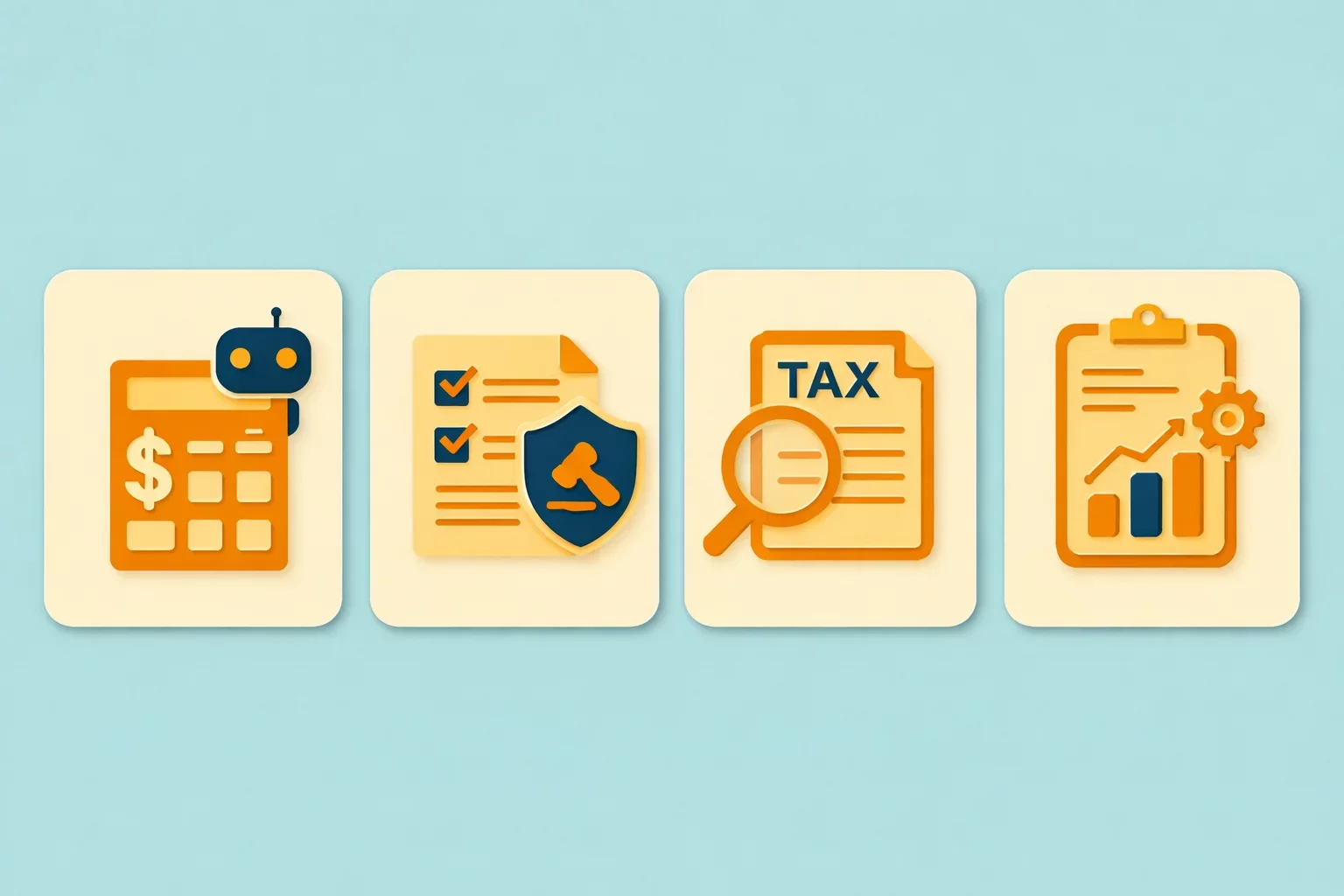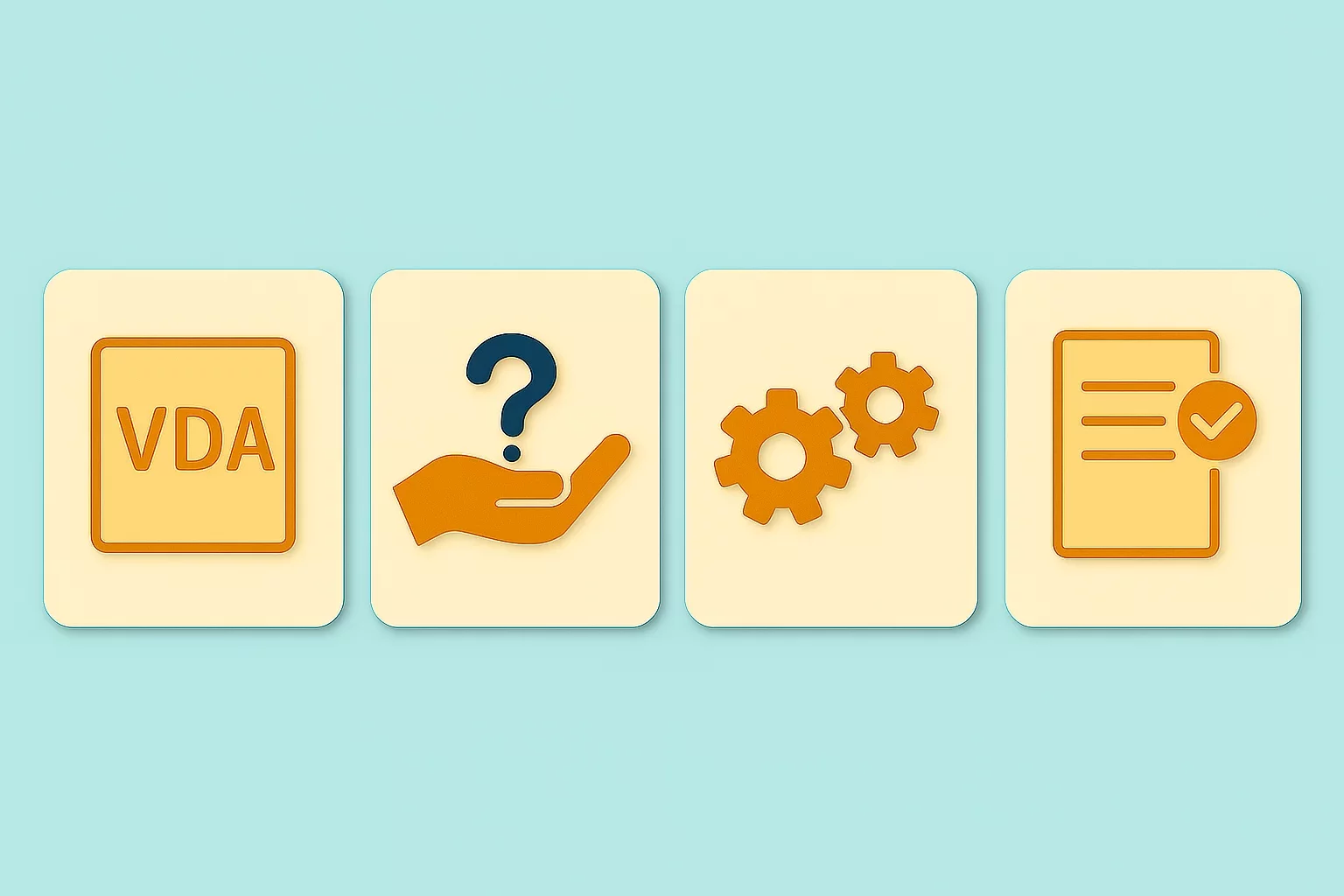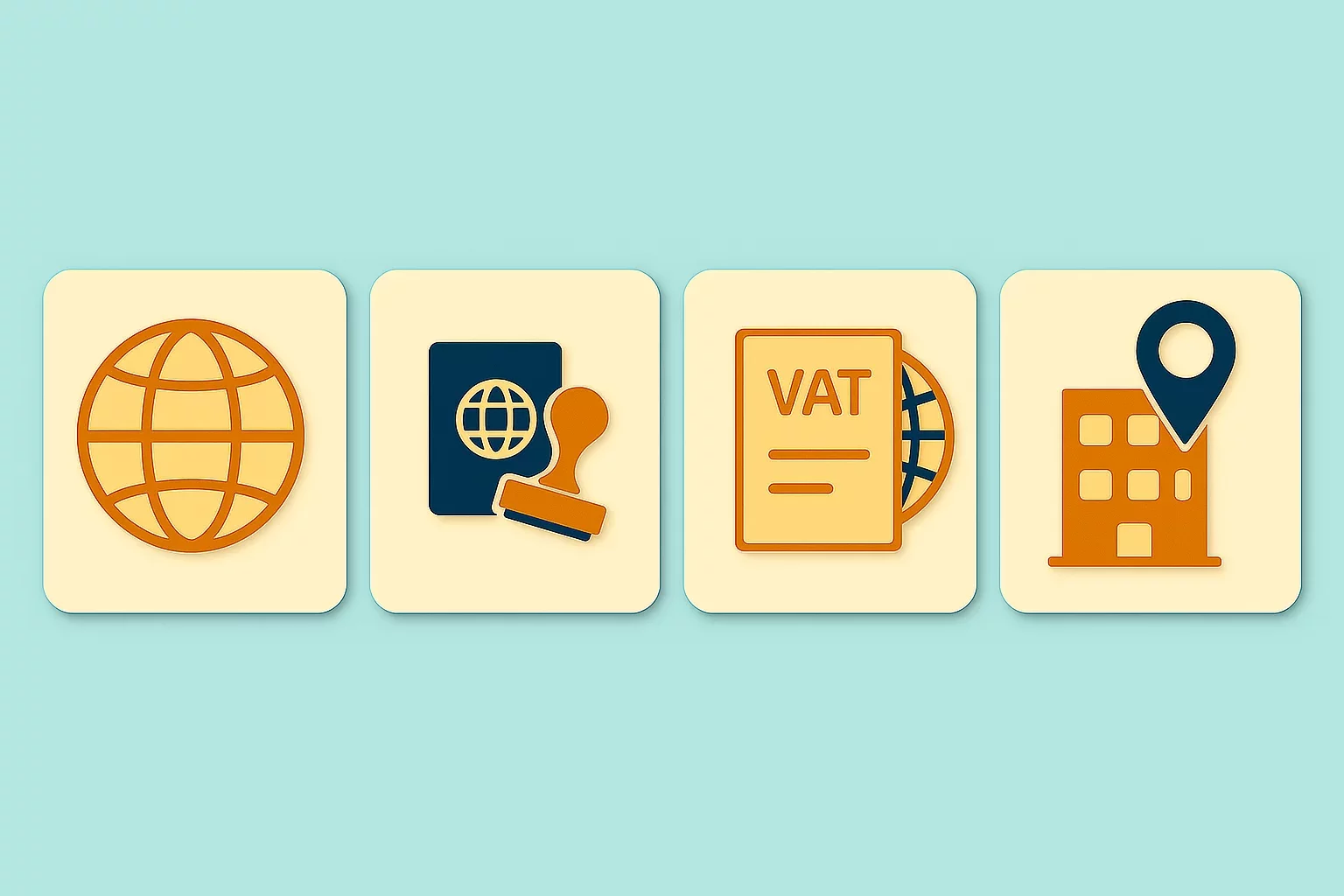Input vs Output VAT

Value Added Tax (VAT) is a cornerstone of the business taxation system, affecting every transaction from purchase to sale. While it might seem daunting, understanding VAT is crucial for business owners and finance professionals alike. This guide simplifies the VAT process, offering practical advice, compliance tips, and clear explanations tailored for non-experts. Whether you're a small to medium business owner managing your accounting or a finance professional seeking a refresher, this article is your educational resource for all things VAT.
What is Input VAT and How is it Calculated?
Understanding Input VAT
Input VAT is the tax that your business pays on purchases and expenses. It's called 'input' because it is the tax on the goods and services that enter your business, fueling your operations. To calculate input VAT, simply apply the VAT percentage rate to the purchase cost of the goods or services.
Claiming Back Input VAT
The good news is that if you're VAT registered, you can usually reclaim the Input VAT on business-related purchases, potentially reducing your overall tax bill.
Key Takeaways
Ensure purchases are business-related.
Keep detailed records and original receipts.
Reclaim Input VAT through your VAT return.
What is Output VAT and How is it Calculated?
Understanding Output VAT
This is the VAT you charge customers when you sell goods or services. It's called 'output' because it applies to the products and services going out of your business.
Calculating and Charging Output VAT
Applying the correct VAT rate to your sales is crucial. To calculate output VAT, multiply the sales amount by the VAT rate. For instance, selling products worth $1000 with a VAT rate of 20% results in $200 of output VAT. This tax collected must be reported and paid to the tax authorities.
Key Takeaways:
Charge the appropriate VAT rate.
Include VAT in your prices or invoices.
Pay collected VAT to the government.
How to Record Input and Output VAT in Financial Statements
Recording input and output VAT in financial statements requires accuracy and systematic accounting practices. Each transaction must be documented with VAT amounts clearly distinguished. Typically, output VAT is recorded as a liability until it is paid to the government, and input VAT is recorded as an asset, as it is recoverable.
Calculating VAT Payable: Offsetting Input VAT Against Output VAT
VAT payable to the tax authorities is determined by offsetting input VAT against output VAT. If the amount of output VAT exceeds the input VAT, the business owes the difference to the tax authorities. Conversely, if input VAT exceeds output VAT, the business can claim a VAT refund.
Eligibility for Input VAT Credit
Not all input VAT is creditable. Businesses can only claim input VAT credit if the purchases are directly related to taxable sales. Goods or services used for non-taxable operations are not eligible for input VAT credit, reinforcing the need for businesses to keep detailed records of how goods and services are used.
Common Scenarios Involving Input and Output VAT
Businesses often encounter several common scenarios:
Purchasing raw materials for production.
Selling finished goods.
Providing taxable services.
Understanding the implications of input and output VAT in these transactions helps in proper tax planning and compliance.
Filing VAT Returns: A Step-by-Step Guide
Filing VAT returns typically involves:
Summarizing all taxable transactions.
Calculating total input and output VAT.
Offsetting the amounts to determine VAT payable or refundable.
Submitting the returns to the relevant tax authority, often through an online portal.
The Impact of Incorrect VAT Calculations on Business Finances
Inaccurate VAT calculations can lead to significant financial consequences, including penalties and interest on unpaid taxes. It may also lead to cash flow problems if too much VAT is paid out, not claiming rightful VAT credits.
Tips for Managing VAT Records Accurately
Keep detailed and organized records of all transactions.
Use accounting software capable of handling VAT calculations.
Regularly review VAT accounts to correct discrepancies early.
Updates in VAT Legislation Affecting Input and Output Calculations
Staying up-to-date with changes in VAT legislation is essential for managing your business's financial obligations accurately. These updates can impact VAT rates, alter the eligibility of goods or services for VAT credits, and modify the reporting requirements necessary for compliance. To ensure you never miss critical information that could affect your VAT calculations, subscribe to our newsletter for the latest updates and expert insights.

Featured Insights

Angola’s E-Invoicing Mandate: Phased Implementation Continues Into 2026
🕝 December 10, 2025
VAT Deduction and Business Succession: When Do Advisory Costs Serve the Company’s Interest?
🕝 December 8, 2025
Europe’s Plastic Fiscal Shift: Why Italy’s Plastic Tax Now Starts in 2027
🕝 December 3, 2025
The Decline of Low-Value Import Exemptions: Closing Gaps in Cross-Border E-Commerce
🕝 November 20, 2025More News from World
Get real-time updates and developments from around the world, keeping you informed and prepared.
-e9lcpxl5nq.webp)
























-7xdqdopxl6.webp)



-a9bz8kz2cs.webp)






























